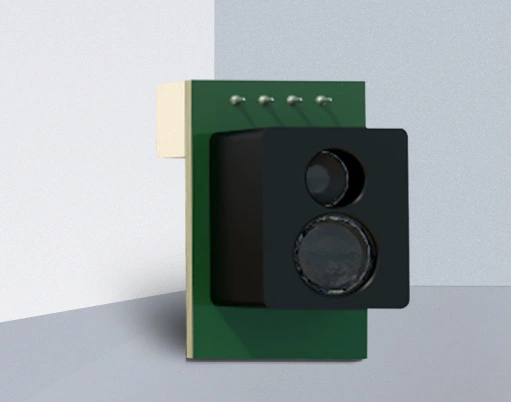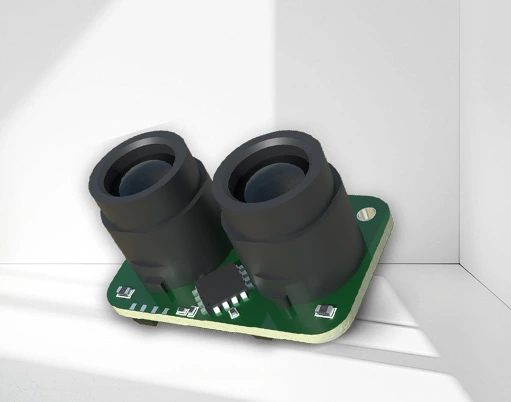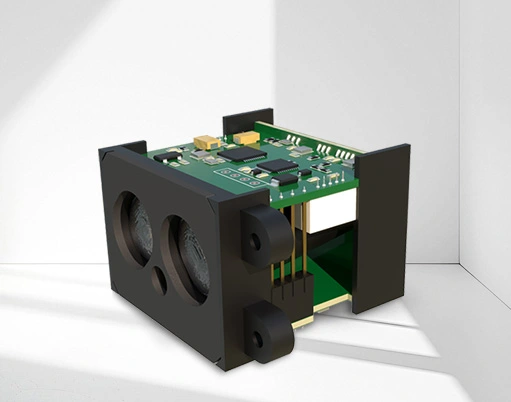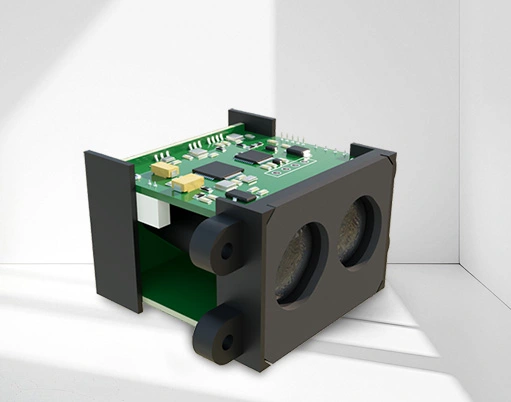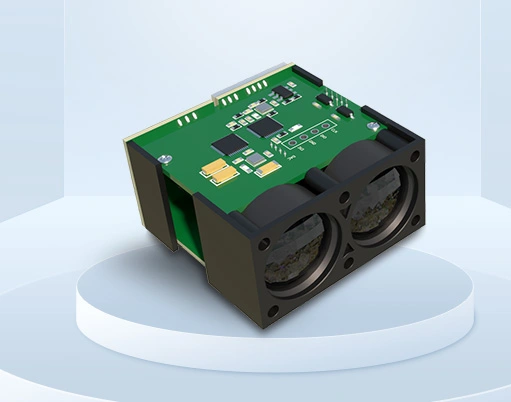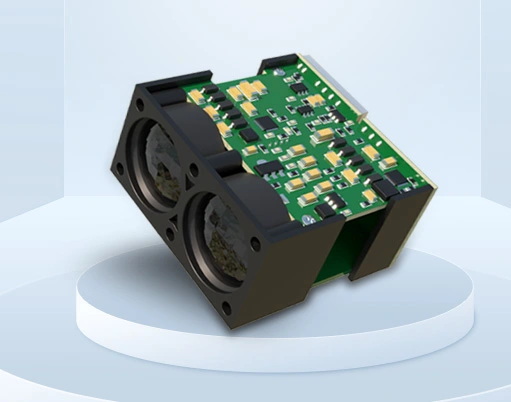
Optoelectronic laser sensors can work through water, but their specific penetration ability and effectiveness will be affected by various factors.
Water has different degrees of absorption and scattering of light of different wavelengths. Blue green light with a wavelength of 470-580 nanometers is the least absorbed and scattered by seawater, and has the weakest attenuation, known as the "seawater window".
Therefore, sensors using lasers in this wavelength range, such as airborne depth lidar, can penetrate water well and be used to detect underwater terrain, optical properties of water bodies, and underwater targets. However, longer wavelengths of red light, orange light, yellow light, etc. are easily absorbed by water molecules and are not suitable for measuring water transmission.
In addition, the clarity of the water, the power of the sensor, and the optical design can also affect its performance when working through water.
In clear water, the penetration effect of laser sensors will be better, while in turbid or water containing a large amount of impurities, light will be scattered and absorbed, resulting in a shortened penetration distance and decreased measurement accuracy. Meanwhile, sensors with higher power and well-designed optical systems typically have stronger penetration capabilities.

























